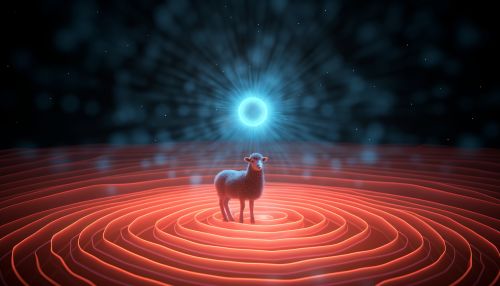The Physics of Quantum Vacuum Fluctuations
Introduction
Quantum vacuum fluctuations, also known as quantum fluctuations, are temporary changes in the amount of energy in a point in space, as allowed by the Heisenberg's Uncertainty Principle. This principle, a fundamental aspect of quantum mechanics, states that it is impossible to simultaneously measure the exact position and momentum of a particle. As a result, even the emptiest space, or "vacuum," is subject to these fluctuations, with particles and antiparticles constantly forming and annihilating in pairs.

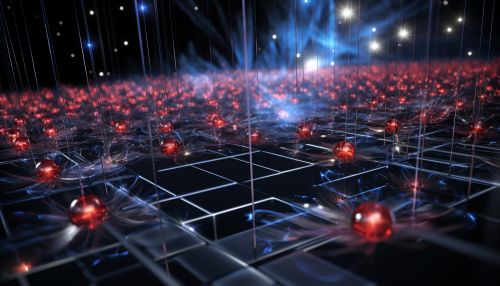
Quantum Field Theory and Vacuum Fluctuations
In quantum field theory, the vacuum is defined as the state with the lowest possible energy, known as the ground state. However, due to the Heisenberg Uncertainty Principle, the exact energy of this state cannot be precisely defined, leading to the phenomenon of vacuum fluctuations. These fluctuations are the result of the inherent uncertainty in the energy of the ground state.

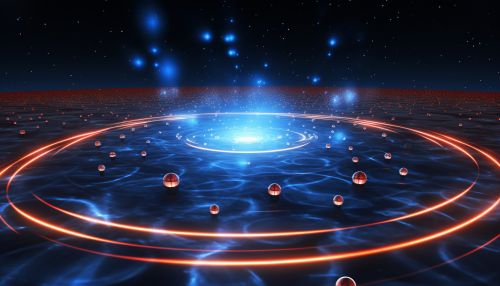
Virtual Particles and Vacuum Fluctuations
Quantum vacuum fluctuations can be visualized as the spontaneous creation and annihilation of pairs of particles and antiparticles, known as virtual particles. These particles are "virtual" because they exist only for a brief moment and cannot be directly observed. However, their effects can be measured indirectly, and they play a crucial role in many physical phenomena, such as the Casimir effect and the Lamb shift.
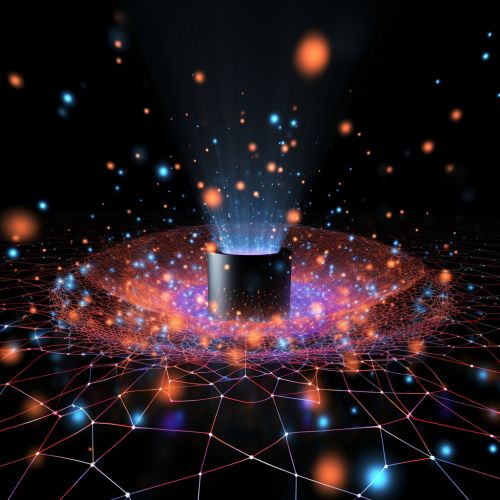
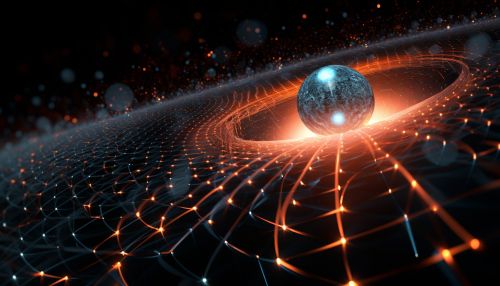
Vacuum Fluctuations and the Casimir Effect
The Casimir effect is a physical phenomenon that arises from quantum vacuum fluctuations. It was first predicted by the Dutch physicist Hendrik B. G. Casimir in 1948. The effect describes a force between two uncharged, perfectly conducting plates in a vacuum, which arises from the changes in the energy of the vacuum caused by the presence of the plates. This force is a direct result of vacuum fluctuations and the creation and annihilation of virtual particles.


Vacuum Fluctuations and the Lamb Shift
The Lamb shift, named after the American physicist Willis E. Lamb, is another physical phenomenon that is influenced by quantum vacuum fluctuations. This shift is a small difference in energy between two levels of the electron in a hydrogen atom, which cannot be explained by classical physics. The Lamb shift is considered a direct evidence of vacuum fluctuations and the existence of virtual particles.

